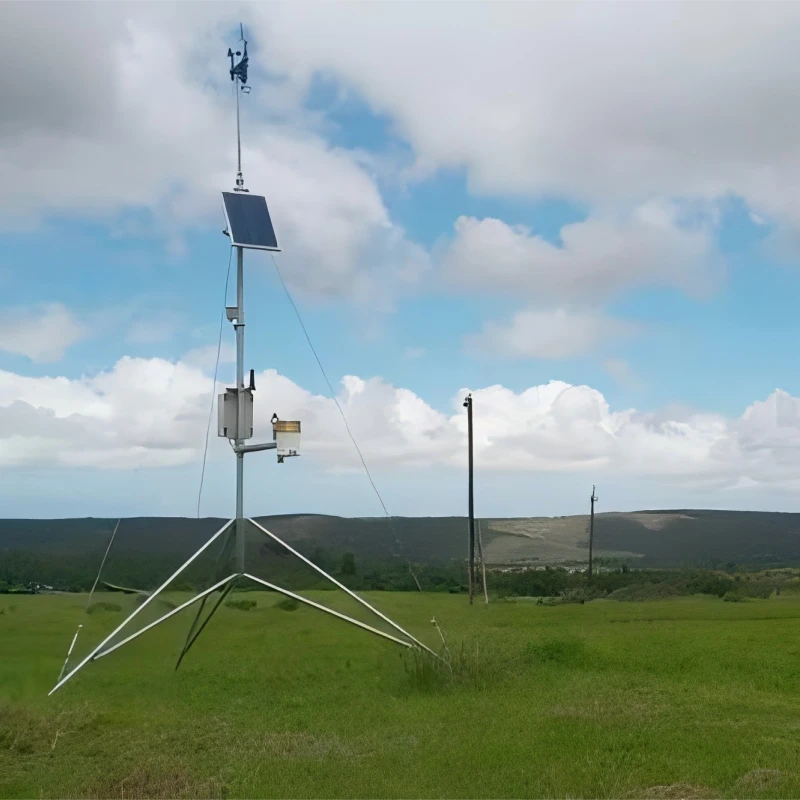Weather Measuring Instruments: Essential Tools for Accurate Forecasting


# Weather Measuring Instruments: Essential Tools for Accurate Forecasting
Weather forecasting has come a long way from relying solely on observations of the sky and wind patterns. Today, meteorologists use a variety of sophisticated weather measuring instruments to gather precise data, enabling them to predict weather conditions with remarkable accuracy. These tools are essential for understanding atmospheric changes and providing timely forecasts that impact agriculture, aviation, disaster management, and daily life.
## Thermometers: Measuring Temperature
One of the most fundamental weather measuring instruments is the thermometer. Thermometers measure air temperature, which is a critical factor in weather prediction. Modern thermometers use digital sensors to provide real-time temperature readings, ensuring accuracy and reliability. Whether it’s a mercury thermometer or an electronic one, this tool remains indispensable for tracking temperature fluctuations.
## Barometers: Tracking Atmospheric Pressure
Barometers are used to measure atmospheric pressure, a key indicator of weather changes. A sudden drop in pressure often signals an approaching storm, while rising pressure typically indicates fair weather. Aneroid barometers and digital barometers are commonly used today, offering precise readings that help meteorologists predict short-term weather patterns.
## Anemometers: Gauging Wind Speed and Direction
Wind plays a significant role in weather systems, and anemometers are the go-to instruments for measuring wind speed and direction. Cup anemometers, vane anemometers, and ultrasonic anemometers are widely used to collect data on wind patterns. This information is crucial for predicting storms, monitoring wind energy potential, and ensuring safety in aviation and maritime operations.
## Hygrometers: Measuring Humidity
Humidity levels significantly influence weather conditions, and hygrometers are designed to measure the amount of moisture in the air. From traditional hair tension hygrometers to modern capacitive and resistive sensors, these instruments provide valuable data for predicting precipitation, fog, and other humidity-related phenomena.
## Rain Gauges: Measuring Precipitation
Rain gauges are essential for measuring the amount of precipitation over a specific period. These instruments come in various designs, including standard cylindrical gauges and tipping bucket rain gauges. Accurate precipitation data is vital for flood forecasting, water resource management, and agricultural planning.
## Weather Balloons and Radiosondes
For upper-atmosphere observations, weather balloons equipped with radiosondes are launched into the sky. These instruments measure temperature, humidity, pressure, and wind at various altitudes, providing a comprehensive picture of atmospheric conditions. The data collected is invaluable for creating detailed weather models and forecasts.
## Satellites: The Big Picture
Weather satellites orbiting the Earth provide a global perspective on weather systems. Equipped with advanced sensors, these satellites capture images and data on cloud cover, storm development, and temperature gradients. This information is critical for tracking large-scale weather patterns, such as hurricanes and typhoons, and for long-term climate studies.
## Conclusion
Weather measuring instruments are the backbone of modern meteorology, enabling scientists to gather accurate data and make informed predictions. From thermometers and barometers to satellites and weather balloons, each tool plays a vital role in understanding and forecasting the ever-changing atmosphere. As technology advances, these instruments continue to evolve, offering even greater precision and reliability in weather forecasting.
Keyword: weather measuring instruments